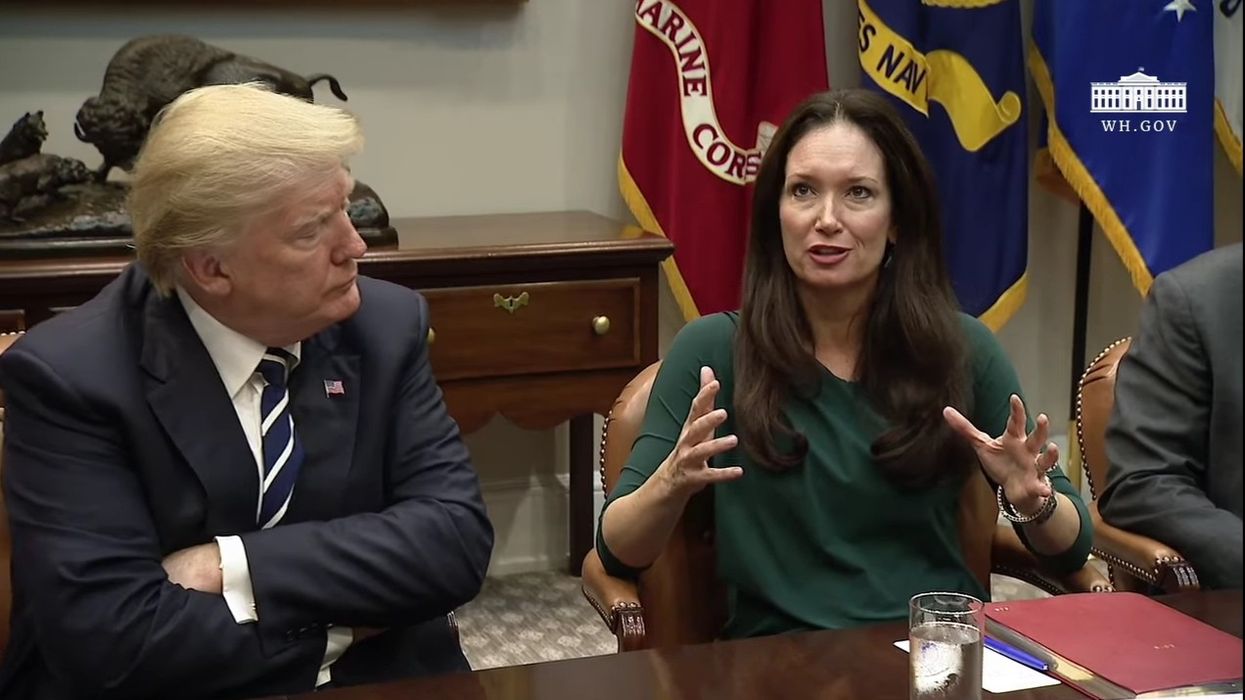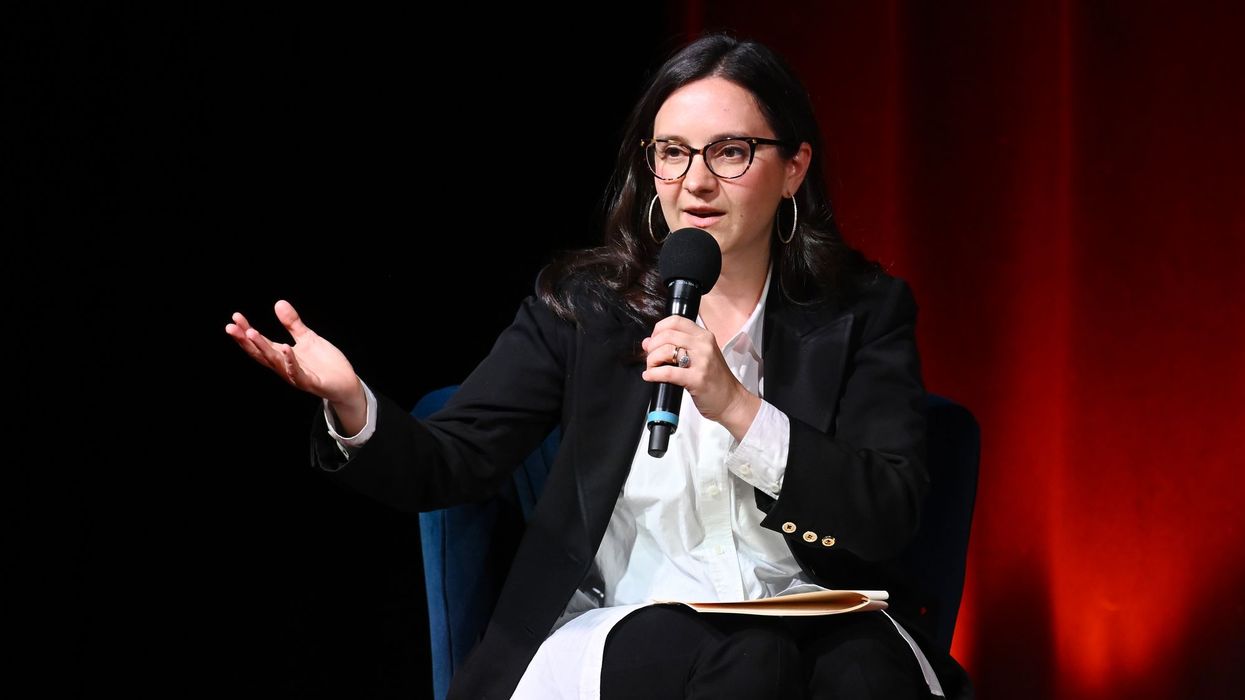Congress Must Review an Autonomous Weapons Deal Between UAE and US Companies
There is a serious concern that these autonomous weapons could end up in the arms of the UAE-backed militia and regimes in the Middle East, which would fuel ongoing wars and cause great harm.
In December 2025, a joint venture was announced between EDGE, the leading Emirati advanced technology and defense conglomerate comprising 25 companies involved in military and civilian products and technologies, and Anduril Industries, an American defense company specializing in the development of advanced autonomous systems. The first product envisioned under this joint venture is Omen, a newly developed hover-to-cruise Autonomous Air Vehicle, or AAV. According to the terms of the agreement, the UAE will acquire the first 50 units of Omen.
There is, however, a serious concern that these autonomous weapons could end up in the arms of the UAE-backed militia and regimes in the Middle East, which would fuel ongoing wars and cause great harm.
For years, the United Arab Emirates has presented itself as a stabilizing force in the Middle East and the Horn of Africa. Yet its actions on the ground tell a far more troubling story. From Libya to Ethiopia, the UAE has repeatedly backed armed groups and proxy forces, deepening conflicts rather than resolving them. In Somalia and Yemen, it has been bolstering the separatists' voice. During the ongoing War in Sudan, the UAE has been backing the RSF militia with financial and military support to the RSF militia, including a recent supply of foreign combatants. The impact of UAE funding to the RSF militia has been catastrophic; it enabled the militia to commit numerous massacres and genocides in the Darfur region. According to United Nations experts, it is estimated that the militia killed 15,000 members of the Massalit tribe based on their ethnicity. In other parts of Darfur, women were raped and abducted, and children were piled up and shot to death. For months, El-Fashir city, the main refugee area in Darfur, has been besieged by the militia.
Here, we are not speculating but building our analysis on previous solid violations cases. EDGE has consistently supported the UAE's allied militias in different parts of the Middle East. In November 2024, an investigative report by Amnesty International exposed that armored personnel carriers (APCs) were found in Sudan. These arms are manufactured by EDGE and are used by the RSF militia in stark violations of the UN arms embargo in Darfur. UN experts said that vehicles built by EDGE were also found in Libya and Somalia. These revelations show how EDGE could go far to collude with the UAE regime in its devastating wars and reckless interventions.
Ideally, an oversight mechanism should be established to ensure that these autonomous weapons and drones will not reach outlaw military militias and rogue regimes.
Recently, the UAE started to use Wagner and other Russian militia in its operations in Africa, for instance, in September 2024, it used Wagner to funnel arms to its RSF ally. The UAE also supported the Central Republic of Africa to pay the cost of hiring the Russian Atlas Corps to defend the government. And in November 2020, a report by the Pentagon mentioned that he UAE funded Wagner in Libya. Given these growing ties, it is legitimate to consider a scenario where these advanced autonomous systems could be leaked to Russian mercenary groups at any point in the future, which indeed represents a serious threat to US security and its interests in Africa.
Related to this are the recent reports that show that the UAE has increased its arms to the region in 2025. This escalation reflects its plans and goals, and that these autonomous weapons will be on its list for the next shipments, providing its militia and allied regimes with a competitive advantage over its foes, i.e stable governments and nations
When thinking about this deal, we have to take into consideration that the UAE isn’t a democratic country. It's ruled by a single family, with no parliament to review decisions made concerning wars. Hence, it can’t be trusted by any measure to act responsibly if it owns this advanced technology.
Congress must take this issue seriously and review this deal. Ideally, an oversight mechanism should be established to ensure that these autonomous weapons and drones will not reach outlaw military militias and rogue regimes and be part of subverting countries and jeopardizing the US long-term interests.



